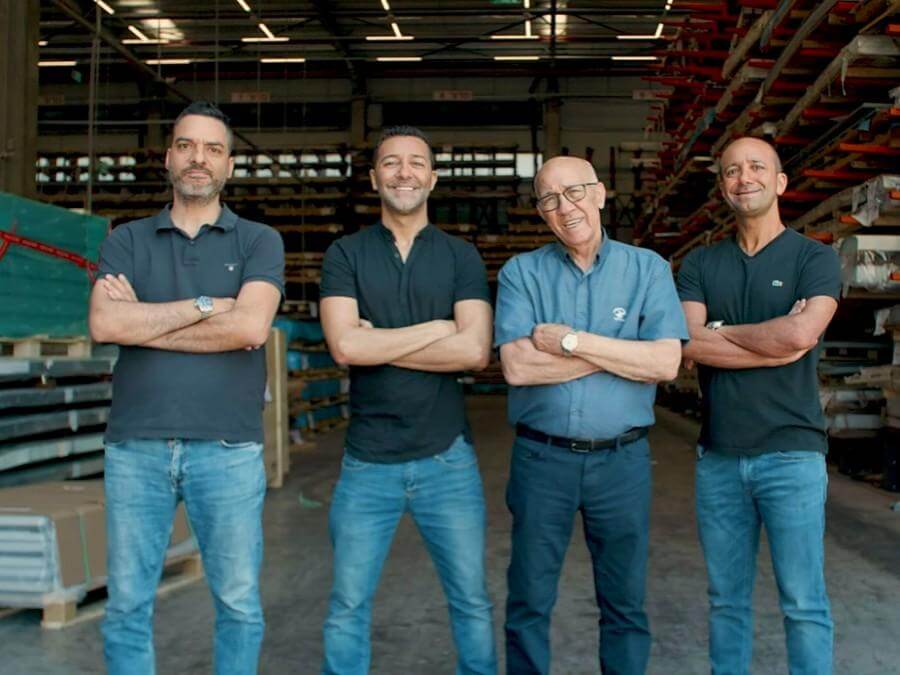

Backed by the World’s Biggest Insurers
There’s a reason why over 50% of Fortune 100 companies have SolarEdge on their rooftops – and why we are backed by insurance companies like FM Global. Through exclusive SafeDC technology, our systems go beyond the most stringent safety standards to ensure protection of people and property.
"50% of Fortune 100 companies have SolarEdge technology on at least one of their sites. Through this widespread usage of our solutions, we are helping support the worldwide transition to clean, distributed, and renewable power generation and consumption."
Zvi Lando, Company President
A Holistic Approach to Solar Safety
All SolarEdge Commercial solutions come equipped with a suite of advanced safety features, designed to help stop issues before they start.
Ready to Bring More Safety to Your Next Project
Talk to a SolarEdge Commercial Expert
Ready to Bring More Safety to Your Next Project
Talk to a SolarEdge Commercial Expert




